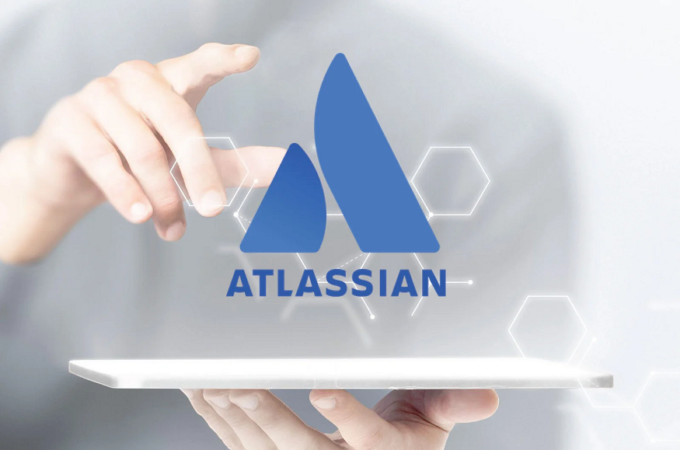
Unlock Engineering Excellence with IBM Engineering Lifecycle Management
In today’s digital-first product landscape, managing software and system development requires more than isolated tools and manual coordination. Businesses, especially those in regulated and high-complexity industries, need connected, traceable, and collaborative environments. That’s where IBM Engineering Lifecycle Management (ELM) steps in.
As a comprehensive, end-to-end platform, IBM ELM supports the full spectrum of engineering activities—from requirements and design to testing and deployment. Whether you’re developing medical devices, automotive systems, or enterprise software, investing in IBM ELM solutions can transform how your teams innovate and deliver.
What is IBM Engineering Lifecycle Management?
IBM Engineering Lifecycle Management is a suite of integrated tools designed to streamline every phase of the product and software development lifecycle. Built on the Jazz platform, IBM ELM offers role-based applications for:
- Requirements management
- Test planning and execution
- Workflow and task tracking
- Model-based systems engineering
- Compliance and traceability
With its modular and scalable structure, IBM ELM ensures teams—from systems engineers to QA testers—can work in sync, with full transparency and control.
Benefits of IBM ELM Software
- End-to-End Traceability
Link requirements to test cases, work items, and source code for complete lifecycle visibility.
- Improved Collaboration
Break down silos between development, testing, and compliance teams with a shared, integrated platform.
- Regulatory Readiness
Meet industry standards like ISO 26262, IEC 62304, and DO-178C with built-in audit and reporting tools.
- Adaptable Workflows
Support traditional, Agile, hybrid, or SAFe® methodologies, depending on your organization’s needs.
- Increased Product Quality
Identify risks early and maintain control over quality across complex, multi-disciplinary projects.
IBM ELM Implementation: Getting It Right
Implementing IBM ELM software isn’t just about tool deployment—it’s about transforming how teams collaborate, automate, and govern their work. Successful IBM ELM implementation includes:
- Defining clear use cases and KPIs
- Migrating legacy data and processes
- Customizing workflows and templates
- Training users for optimal adoption
- Ensuring integration with tools like Jira, Git, and enterprise PLM systems
Whether you’re starting fresh or scaling up, working with experts ensures that your IBM ELM implementation delivers measurable value.
Use Cases Across Industries
Automotive & Mobility
Enable compliance with ISO 26262, manage functional safety requirements, and track change impacts throughout vehicle development.
Healthcare & Medical Devices
Ensure FDA and IEC 62304 compliance, manage electronic records, and maintain traceability from requirements to validation.
Aerospace & Defense
Support system-of-systems development, meet DO-178C requirements, and handle complex stakeholder collaboration.
Industrial Manufacturing
Streamline design-to-deploy workflows, integrate with IoT data streams, and manage multi-domain engineering projects.
Why Choose IBM ELM Solutions?





